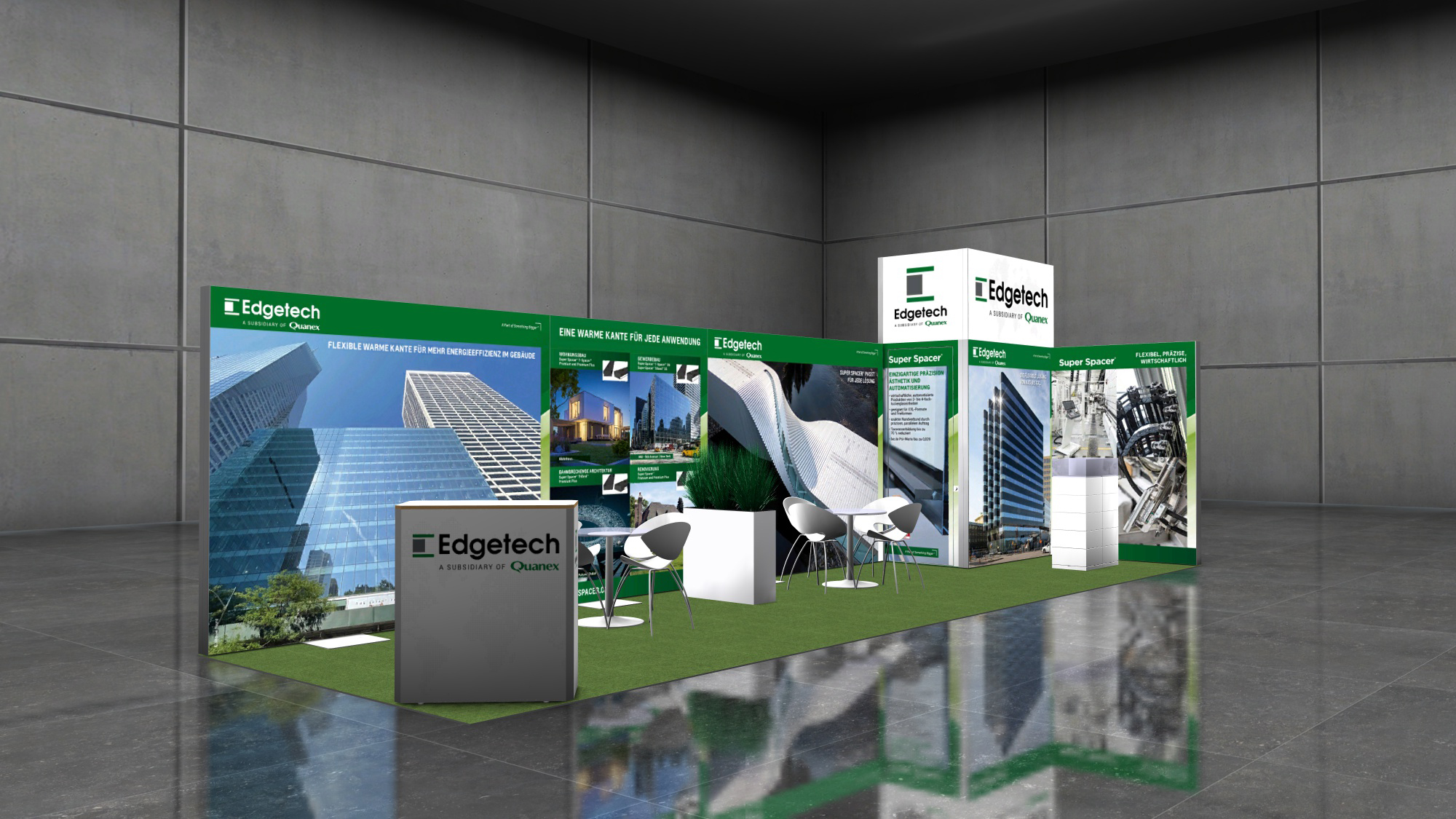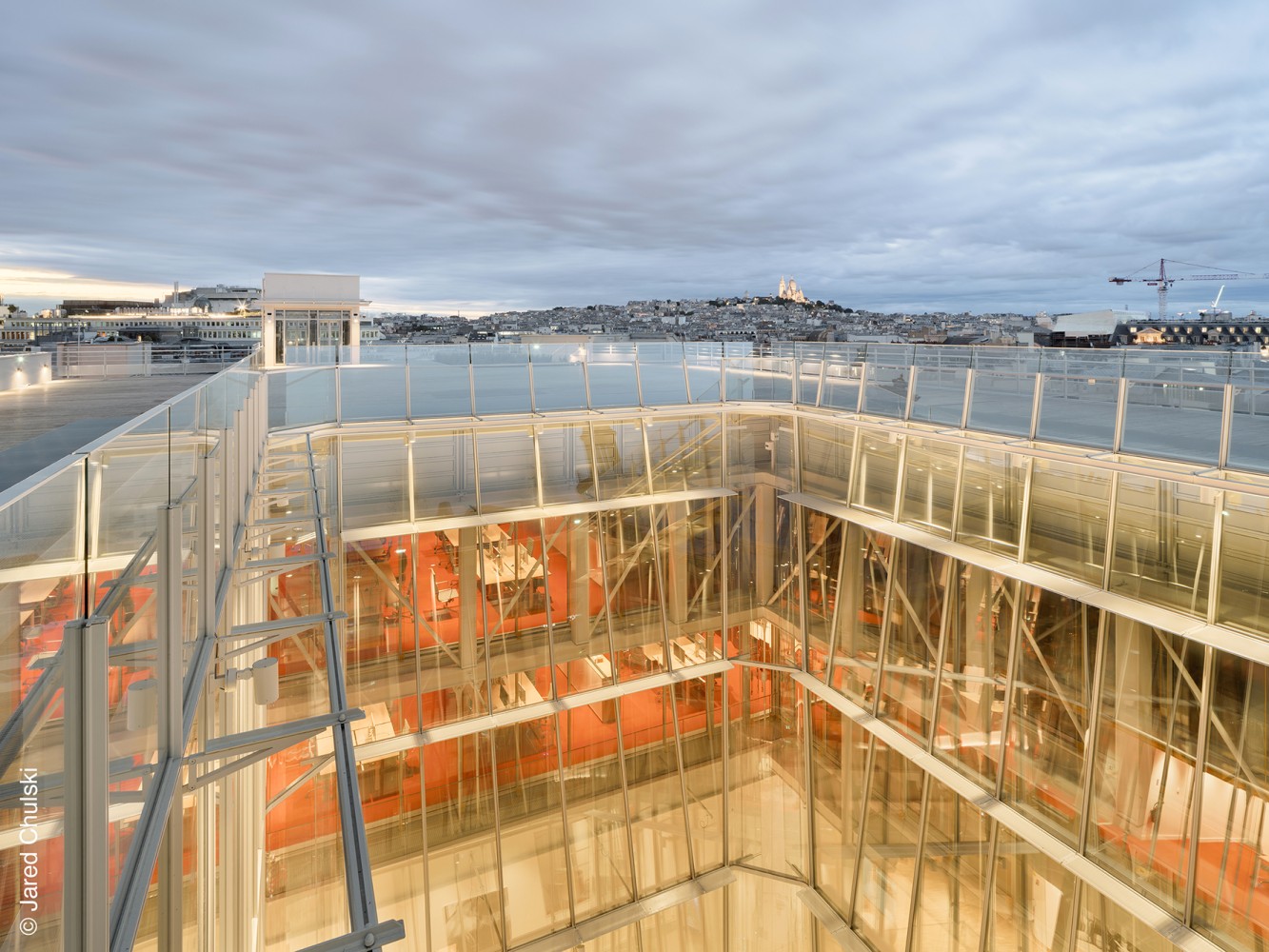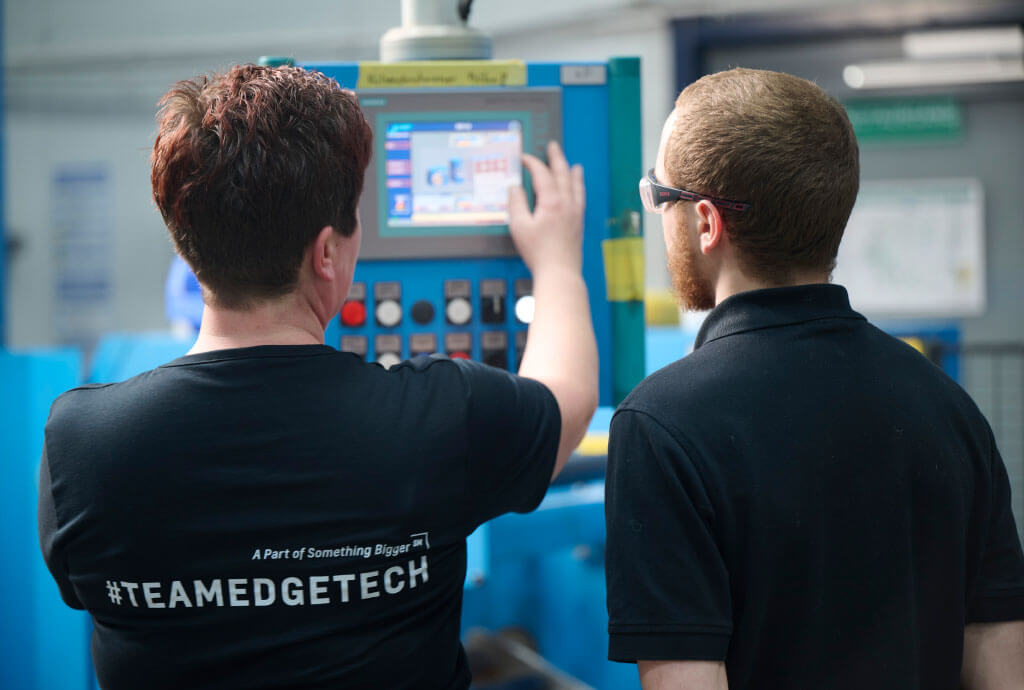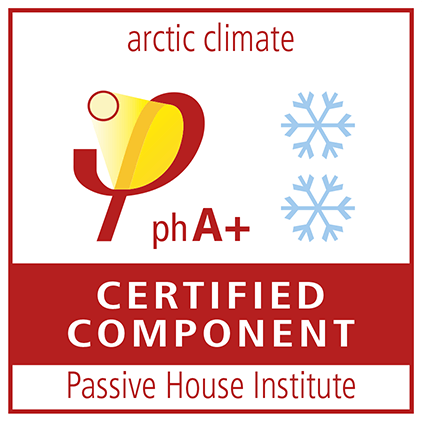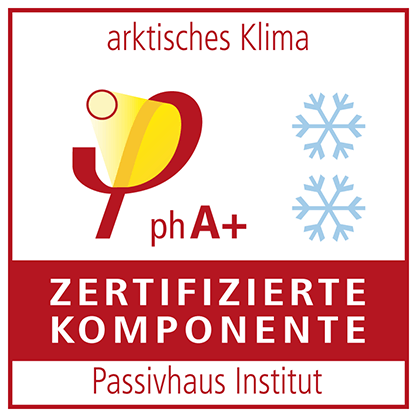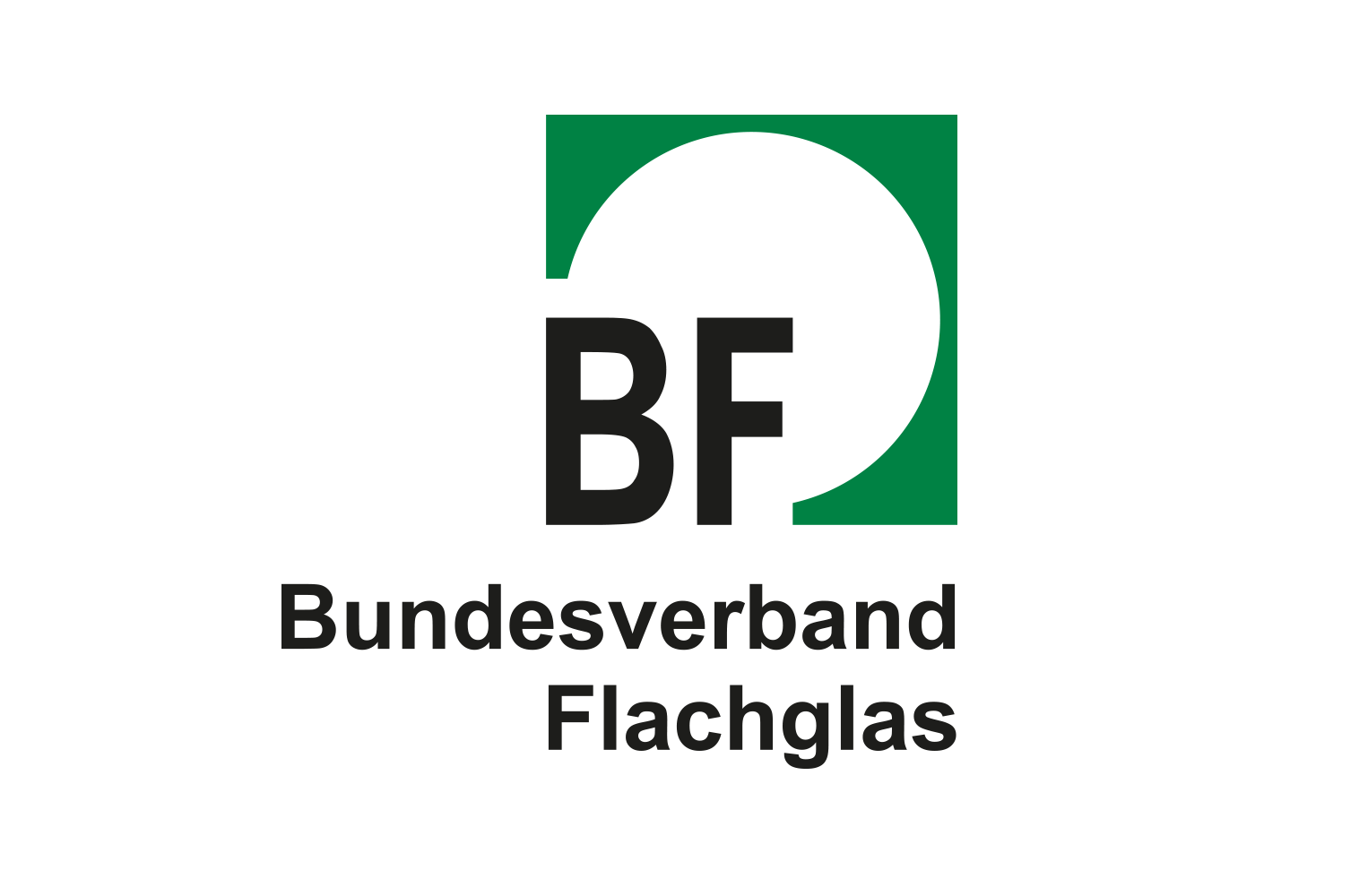More efficiency in the manufacture of insulating glass
The Warm Edge insulating glass is a technically mature product for a highly competitive market that is characterised by low margins, a shortage of skilled workers and cheap imports, and also currently by supply bottlenecks and rising material costs. Christoph Rubel, European Technical Manager at Heinsberg’s Edgetech Europe GmbH, explains which levers the processor and manufacturer of insulating glass has got in order to increase efficiency and product quality in this volatile environment, using the Super Spacer® flexible insulating glass spacer system as an example.
The Scandinavian countries pioneered triple glazing and the rest of Europe has followed suit. In Switzerland and Austria, high-quality energy-saving windows have now more or less become the norm and in Germany, according to current information provided by the industry associations, around three quarters of window units in new residential and non-residential buildings are designed with triple glazing. There is a similar proportion of thermally optimised spacers. They prevent the formation of thermal shortcuts at the edges of the insulating glass through which valuable energy is lost. Anyone who decides in favour of a warm edge with a passive house certificate – whether as a processor, architect, builder or building owner – is opting for a mature, future-proof product, and to a large extent no longer has to compare the PSI values at the third digit after the decimal point. All these products make a significant contribution towards low U-values and thus lower heating and cooling costs as well as an improved indoor climate. In addition, condensation and mould formation at the edge of the glass virtually no longer occur.
Lever 1: The structure of the edge seal
The expression, “the whole is more than the sum of its parts” also applies to the edge seal. The spacer and its desiccant capacity, in combination with primary seal and secondary sealant, are an essential element in ensuring the water vapour and gas impermeability and energy performance of the insulating glass unit throughout its entire product life, which is widely believed to be at least 25 years.
The various spacer technologies on the market can be roughly broken down into two categories, which, entail considerable differences where the manufacture of the insulating glass is concerned: rigid hollow profiles that are filled with desiccant and assembled to form spacer frames, as well as flexible systems that already contain a desiccant. Flexible thermoplastic spacers made of Polyisobutylene are extruded from a barrel onto the glass pane while still hot; spacers made of silicone structural foam come prefabricated from the roll and are also applied automatically along the edge of the glass. Therefore, when using flexible spacers, the production steps of cutting, bending and assembling as well as desiccant filling and separate butyl application outside the insulating glass line are eliminated.
Spacers must be resistant to wind and climate loads, UV radiation, temperature as well as mechanical stress and form a permanent bond with the respective sealants such as Polyurethanes, hot-melt butyl or silicone. Gas must not be allowed to escape from the interior, nor must moisture be allowed to penetrate through the edge seal to the inside of the insulating glass, and last but not least, the edge seal is also responsible for ensuring the structural integrity of glass constructions in the facade.
Super Spacer® structural silicone foam design makes the edge seal flexible, cushions the pressure on it so to speak and the risk of breakage for the glass is significantly reduced. Less stress in the edge seal results in an improved seal tightness and durability of the glass units. The full or partial offsetting of the loads acting on the edge seal is an advantage that especially desiccant integrated pre-formed flexible spacers, such as Edgetech Super Spacer® TriSealTM can claim to possess by comparison with rigid spacers.
The manufacturer proves the material properties by means of corresponding tests. We at Edgetech/Quanex have, for instance, tested the shear load capacity. An insulating glass unit measuring about 6 x 3 metres wide and 6 mm each thick, was only bonded by means of the integrated primary, high-strength acrylic adhesive. The unit was lifted on one supported glass lite using vacuum cups and the spacer did not give a single millimetre during the 30 minutes test phase. The test demonstrates: The additional adhesive layer reduces the stress on the primary PIB seal, which thus functions exclusively as a water vapour and gas barrier to the secondary seal.
In the so-called Dade Country Hurricane Test (an US based test), the units withstood wind speeds of 350 km/h where a positive wind pressure was present and of almost 400 km/h where a suction effect was evident. The test did not end in a unit failure, but was stopped as the test stand was not able to produce higher wind loads.
Lever 2: Variability and flexibility
A mix of series production and customised production as well as automation and manual activities, for instance for the handling and assembly of panes and spacers, characterises the situation in many European insulating glass companies. The trend towards large panoramic window panes as well as free-form and curved glazing further increases the complexity of the variant production that is typical for the industry. This traditionally meant that a large number of different spacer systems had to be kept in stock: ranging from inexpensive stainless steel profiles to rigid hollow plastic profiles on one side and flexible spacers on the other side, which reveal their benefits especially in the field of automated production. At Edgetech/Quanex we have always embraced a philosophy of “one for all”. Super Spacer® flexible foam spacers are suitable for manual application in custom-made products, automatic processing in the edge seal of classic windows with and without internal or externally applied muntin- and glazing bars, insulating glass units in structural glazing facades and also for hot and cold formed curved insulating glass sections. Furthermore, the structural foam is compatible with all common sealants such as hot melt butyl, Polyurethanes, silicone and polysulphide. Last, but not least, insulating glass units with Super Spacer® can be handled, packed and stored outdoors immediately after they have been processed, as the integrated desiccant dries down the interpane cavities very rapidly.
The additional price for Super Spacer® is just a few cents per running metre. Therefore, Edgetech recommend that any investment decision should take account of the considerable potential for savings elsewhere. Differences in energy consumption levels brought about by the various spacer technologies are also becoming increasingly important at a time of rising energy prices.
Lever 3: Automation
Since the era of Henry Ford, the idea of “economies of scale” has become second nature to us. We reduce our unit costs through greater output. According to this maxim, automation to increase efficiency is only worthwhile for larger production volumes. However, digitisation is now making precisely the opposite possible for the production of insulating glass: We make use of economies of scope. Costs are reduced by optimising the production landscape, processes and infrastructure so that we can use them to manufacture related products all the way down to a batch size of 1. Producing more quickly, more efficiently and in a more customised manner is also becoming a decisive competitive advantage for SMEs. In the best case, the insulating glass line does not care whether a rectangular pane is followed by a trapezoidal one, or a triple insulating glass unit follows a double insulating glass unit, the ERP system provides all the necessary information and takes care of the digital organisation of the order processing, work preparation, material provision, handling and logistics. This variety is theoretically unlimited and forces us to reduce complexity as far as possible.
Broken down in terms of our topic of spacers, flexible spacers also offer the greatest potential here. Fewer machines and the elimination of space-consuming magazines for the provision of the different six-meter-long spacer profiles and the elimination of handling steps reduce the need for machinery, space requirements, storage requirements and personnel requirements compared to the processing of rigid spacers. Flexible spacers are applied directly in the insulating glass line. Super Spacer® can be applied in various widths via a double-head applicator without interruption and, above all, down to the last millimetre and with no hand touching the glass between the start section of the washing machine and the pick off section behind the sealing robot. Due to the fact they are already factory-equipped with desiccant, barrier film and structural acrylic adhesive, they support automated processes and ensure high levels of manufacturing precision and quality, especially for large-format triple-glazed insulating glass units.


